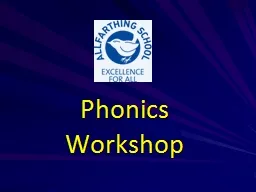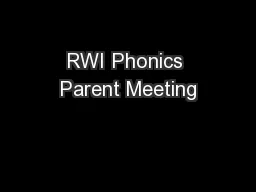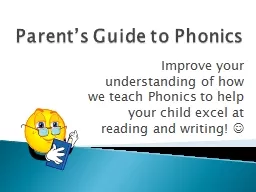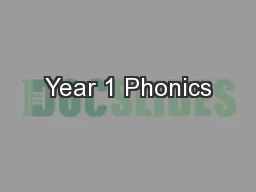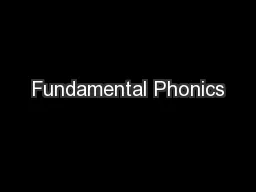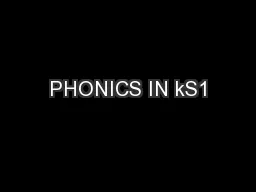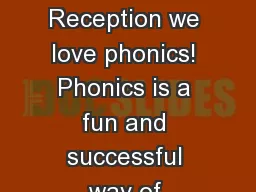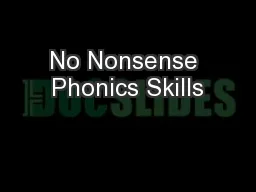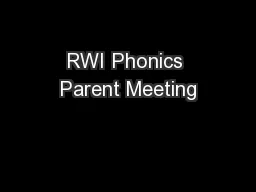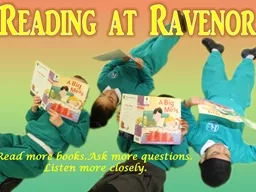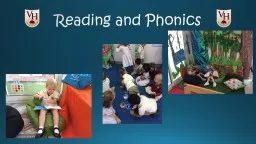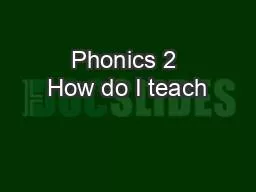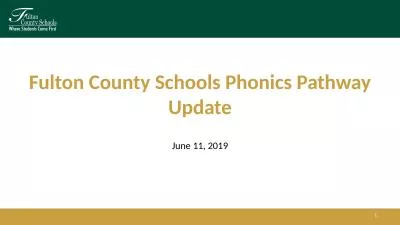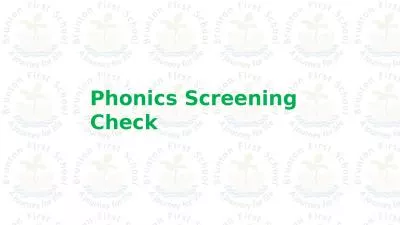PPT-Phonics Workshop What is Phonics?
Author : celsa-spraggs | Published Date : 2019-11-09
Phonics Workshop What is Phonics Phonics is linking letters to sounds eg knowing that the sounds cat can be read and written as the word cat A phoneme is a sound
Presentation Embed Code
Download Presentation
Download Presentation The PPT/PDF document "Phonics Workshop What is Phonics?" is the property of its rightful owner. Permission is granted to download and print the materials on this website for personal, non-commercial use only, and to display it on your personal computer provided you do not modify the materials and that you retain all copyright notices contained in the materials. By downloading content from our website, you accept the terms of this agreement.
Phonics Workshop What is Phonics?: Transcript
Download Rules Of Document
"Phonics Workshop What is Phonics?"The content belongs to its owner. You may download and print it for personal use, without modification, and keep all copyright notices. By downloading, you agree to these terms.
Related Documents

